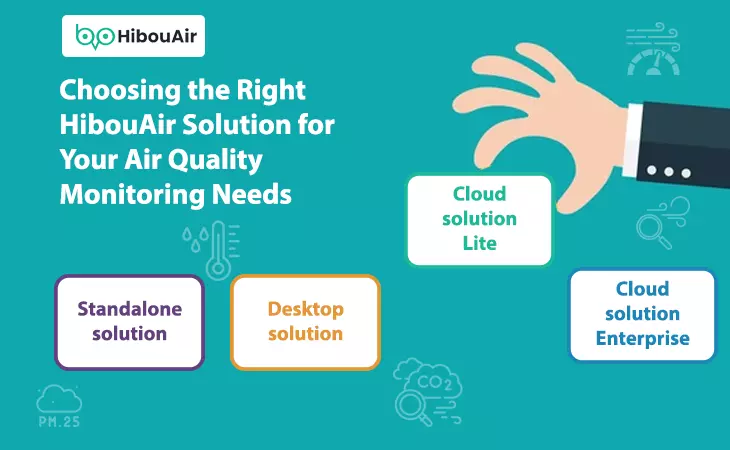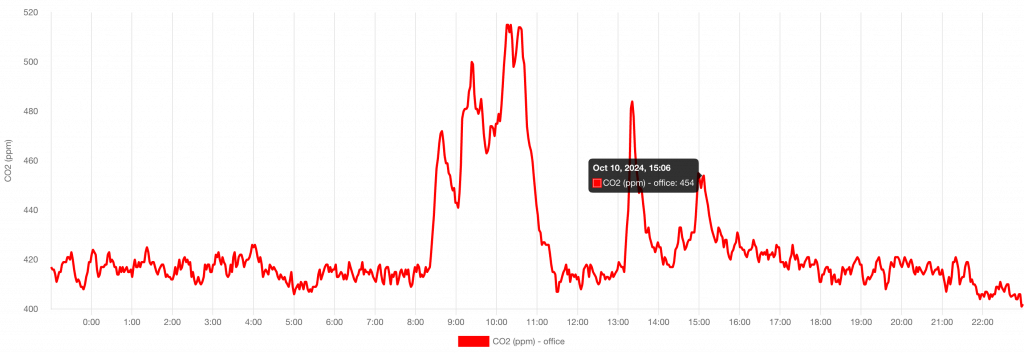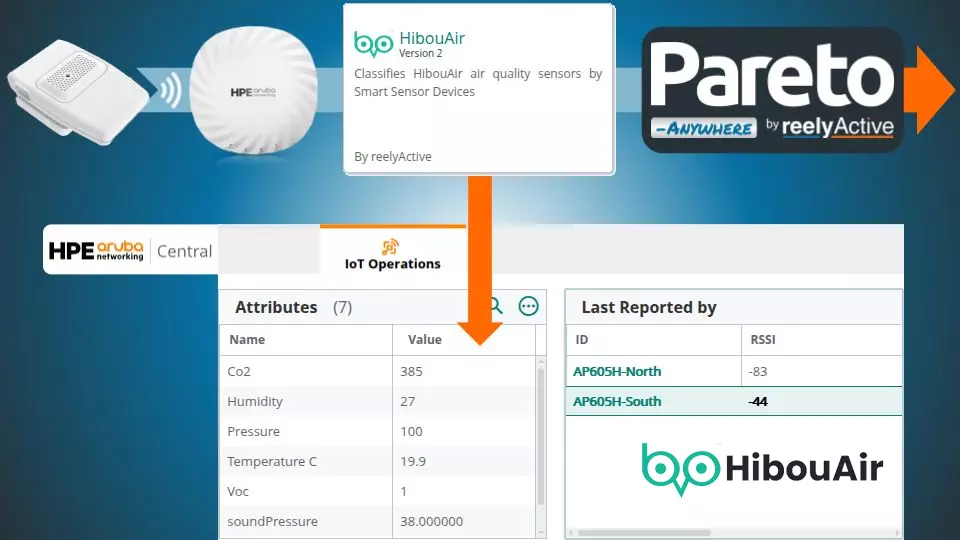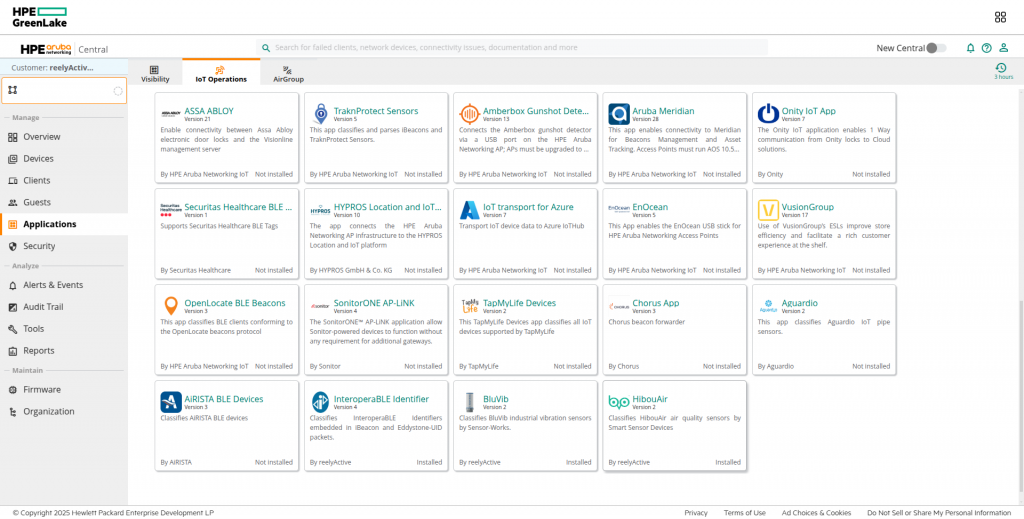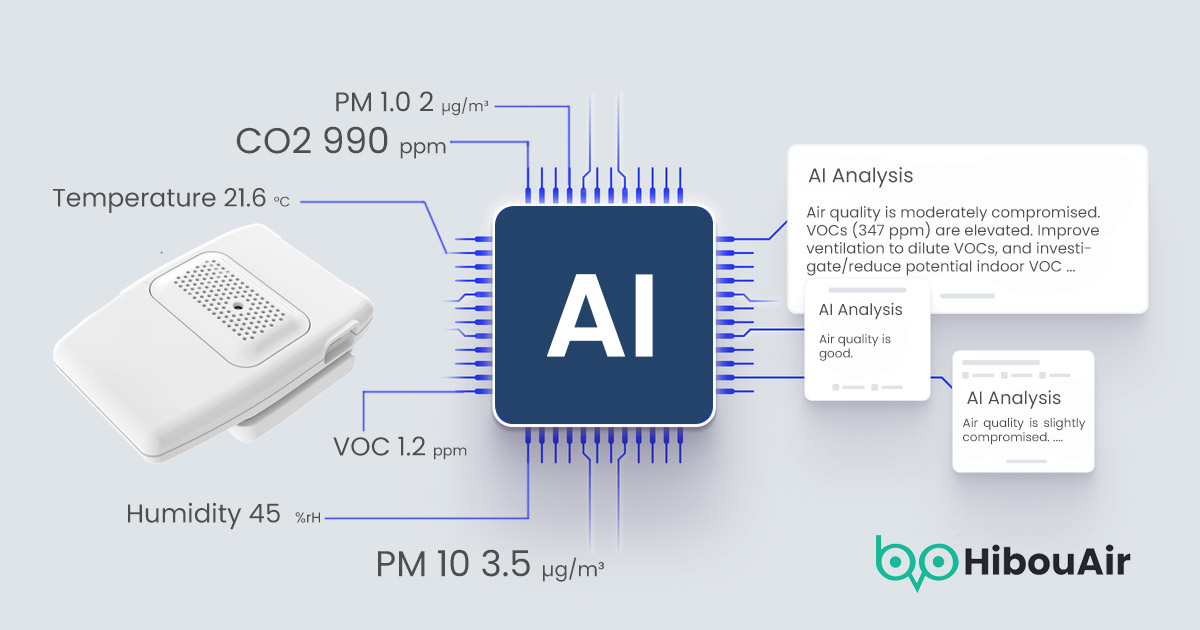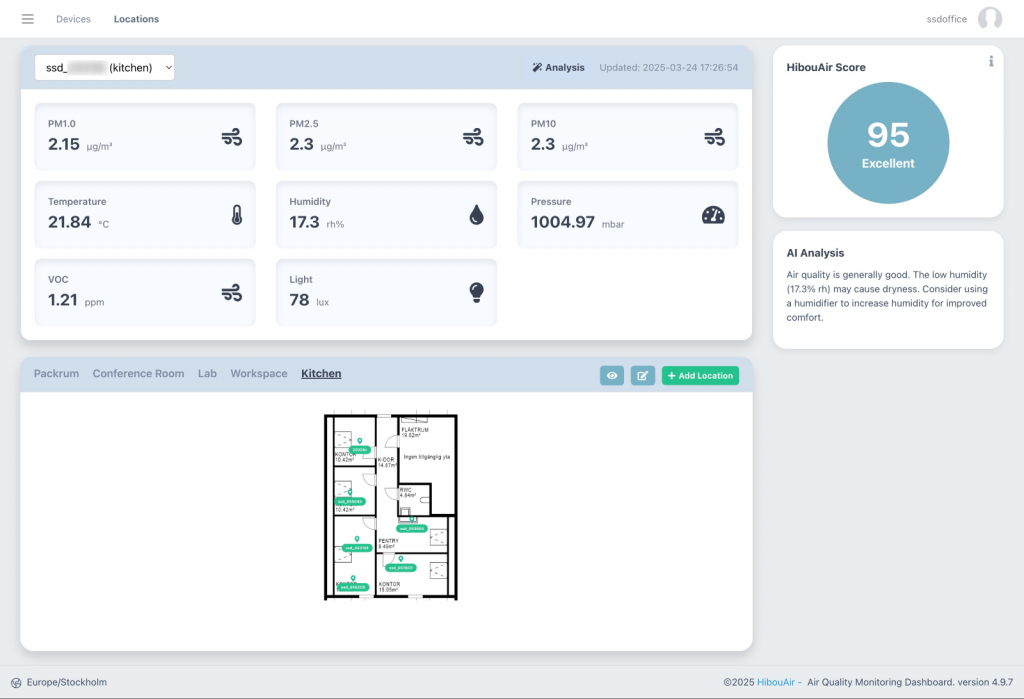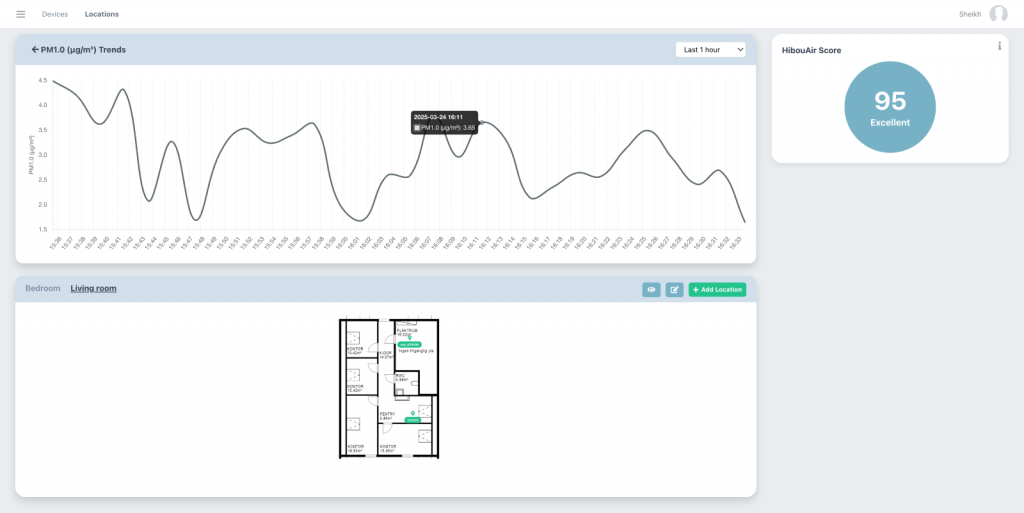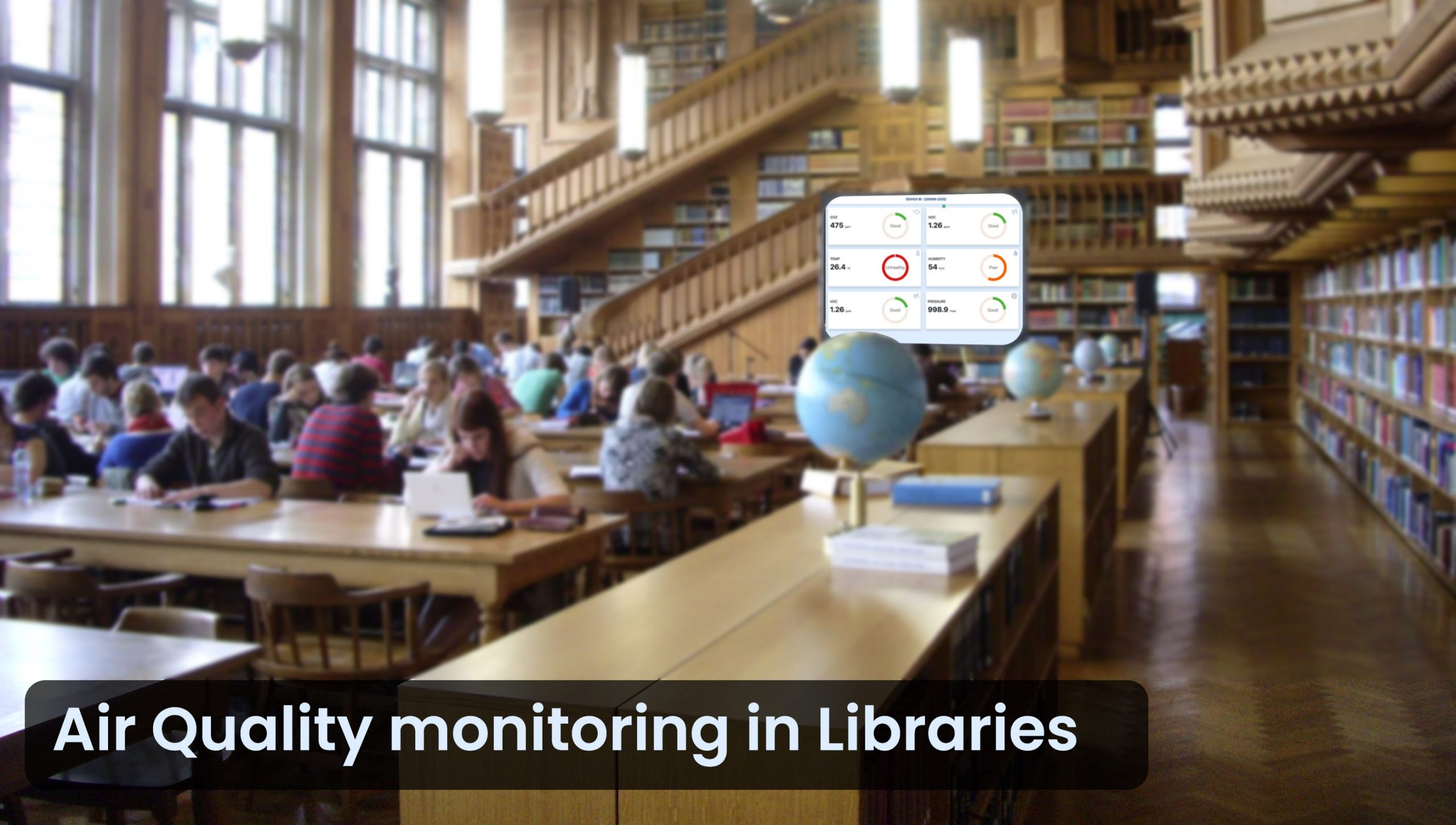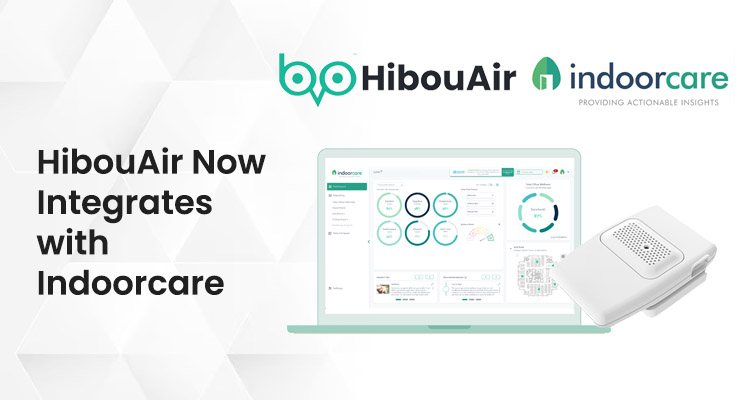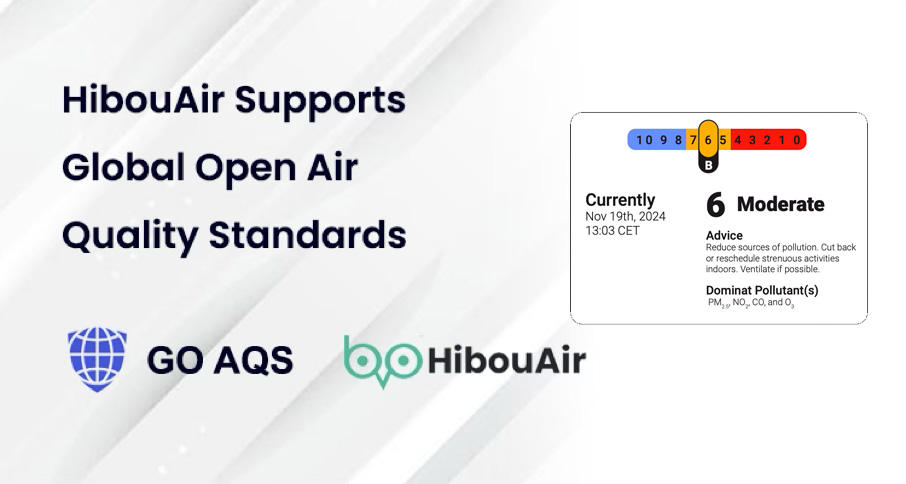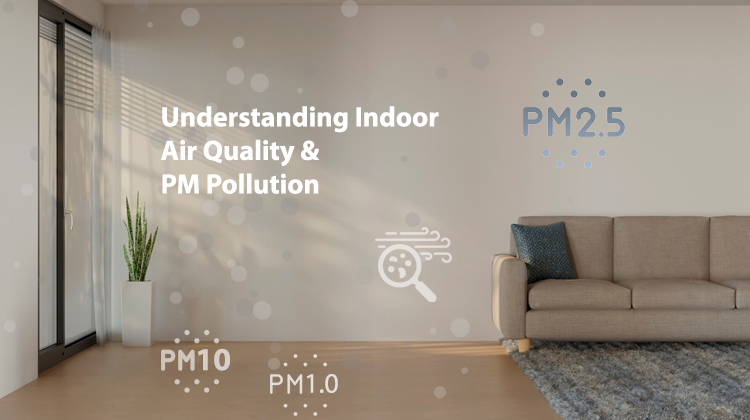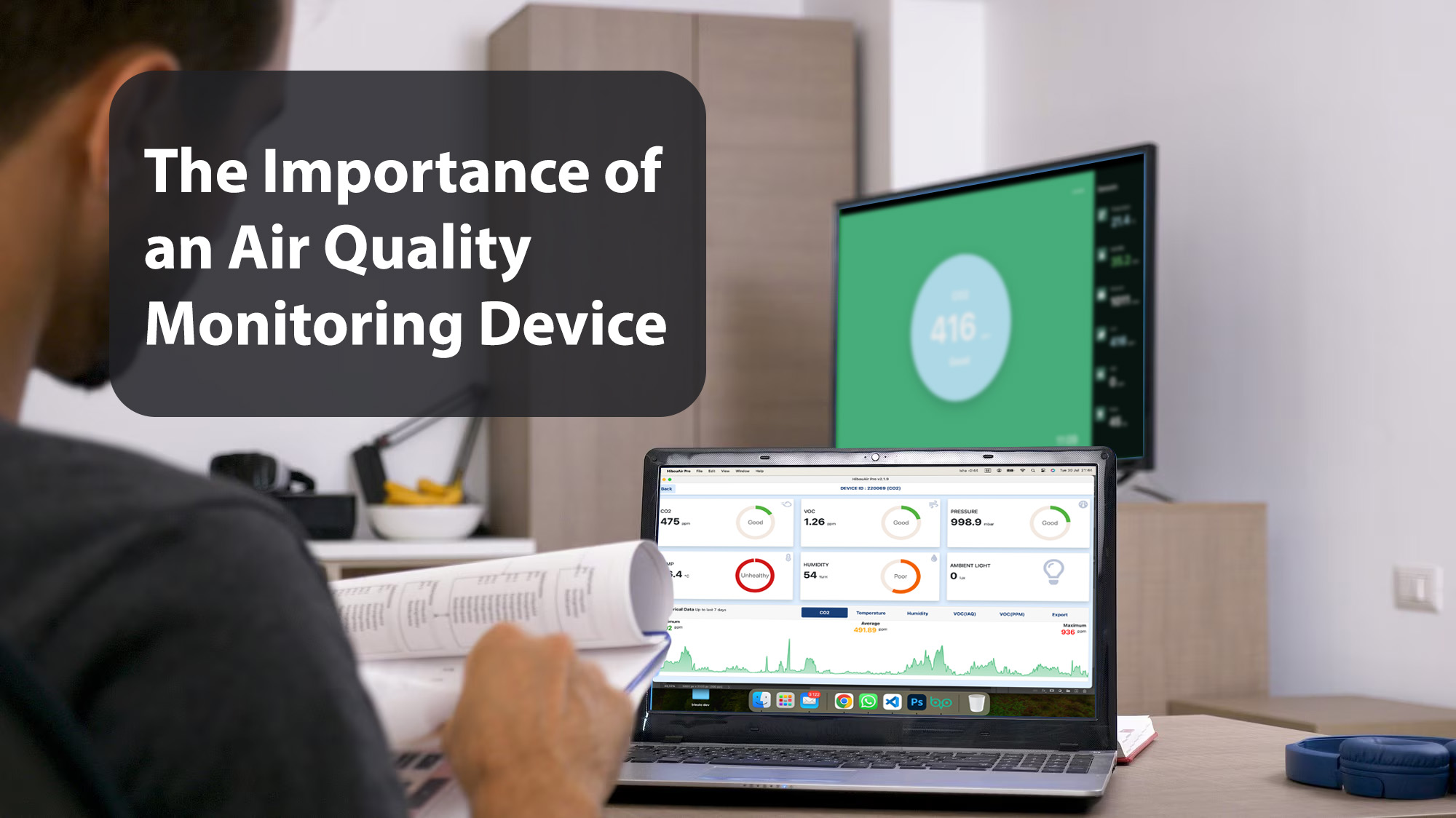Air quality is no longer a concern reserved just for environmental agencies or government bodies. Today, organizations, businesses, schools, healthcare facilities, and even individual homeowners are realizing the importance of tracking indoor and outdoor air conditions to ensure health, productivity, and regulatory compliance. HibouAir provides a range of solutions designed to meet the diverse needs of these users, but knowing which solution is right for your situation is crucial to maximizing value and effectiveness.
Understanding the HibouAir Solution Lineup
HibouAir offers four primary solution types:
While all of them revolve around the same core promise — providing accurate, real-time & historial air quality data — they differ in how data is collected, transmitted, and accessed, as well as in the scale they are designed to serve.
Cloud Solution Lite
The Cloud Solution Lite is designed for users who want a straightforward, plug-and-play setup. The device itself comes equipped with a built-in Wi-Fi chip, allowing it to connect directly to the cloud without the need for any intermediate gateway. This makes it ideal for small to medium-sized businesses, schools, or even individual users who need access to the powerful HibouAir dashboard with analytics, historical data, and visualizations, but without the complexity or cost of managing additional hardware. For example, a small office building looking to monitor CO2, particulate matter, temperature, and humidity in a few rooms can install a few Wi-Fi-enabled HibouAir devices and immediately start collecting and analyzing data via the cloud platform. The simplicity and low upfront cost make this a popular choice for decentralized or ad-hoc deployments.
Cloud Solution Enterprise
The Cloud Solution Enterprise, on the other hand, is purpose-built for large organizations with multiple devices spread across wider facilities. In this setup, the devices communicate over Bluetooth Low Energy (BLE) to a centralized BLE gateway. This gateway then securely sends aggregated data to the cloud. The key advantage here is scalability: one gateway can manage several devices, reducing Wi-Fi congestion and simplifying device management. This is particularly useful in environments like hospitals, large corporate offices, manufacturing plants, or multi-building campuses where dozens or even hundreds of sensors need to be monitored in a unified, manageable way. IT teams appreciate the reduced networking complexity, while facility managers benefit from centralized monitoring, alerting, and reporting across all locations.
Desktop Solution
For those who require a non-cloud approach, the Desktop Solution offers an excellent alternative. This solution involves connecting the HibouAir device directly to a local PC or Mac, typically via USB or Bluetooth, where dedicated software provides live readings and local data storage. This approach is favored by research labs, universities, or organizations with strict data privacy requirements that prohibit cloud storage. It allows users to carry out experiments, track local air quality trends, or archive data for later analysis entirely within their own controlled IT environment.
Standalone Solution
Finally, the Standalone Solution is designed for portable, in-field, or minimalistic use cases. Here, the HibouAir device operates independently, sometimes with a local display or via a Bluetooth-connected mobile app, without requiring a constant connection to a PC or cloud service. This is ideal for quick air quality checks, on-site assessments, or environments where internet or computer access is not available. Think of environmental consultants visiting remote locations, construction site managers checking dust and particulate levels, or field researchers needing rapid on-the-spot measurements.
Matching Solutions to Use Cases
Let’s look at some detailed use cases to illustrate how these solutions serve different needs.

A small co-working space that wants to assure tenants of healthy indoor air can install a few Cloud Solution Lite devices.
With the built-in Wi-Fi, the devices can send data directly to the HibouAir cloud dashboard, allowing managers to monitor CO2 levels, humidity, and temperature, and take action if thresholds are exceeded. There is no need to purchase or configure extra hardware, and the intuitive dashboard makes it easy for non-technical staff to interpret the data.

In contrast, a large multinational corporation with multiple office floors across several buildings would benefit more from the Cloud Solution Enterprise.
By using BLE gateways, the IT team can manage hundreds of HibouAir sensors without overwhelming the corporate Wi-Fi infrastructure. The enterprise dashboard provides role-based access, automated reports, and integration with existing building management systems, helping the facilities team maintain optimal indoor conditions, improve employee well-being, and meet regulatory standards across all locations.

A university research lab conducting experiments on indoor air pollutants might opt for the Desktop Solution.
By keeping data entirely local, they can ensure compliance with strict research data protocols, avoid any external data transmission, and customize their analysis with specialized desktop tools. The direct connection to a PC also allows for precise time-stamped recording of events during controlled experiments.

Lastly, an environmental consultant working on a government air quality assessment project in a rural area might prefer the Standalone Solution.
Without relying on cloud connectivity or local infrastructure, the consultant can carry the device on-site, take measurements, and later transfer data via Bluetooth to a mobile app or laptop. This level of flexibility is crucial in environments where mobility and simplicity are top priorities.
Final Thoughts
Choosing the right HibouAir solution depends on understanding the scale, infrastructure, and specific needs of your organization or project. Whether you need the simplicity of a Wi-Fi-connected Lite solution, the scalability of an enterprise BLE gateway setup, the control of a desktop-only system, or the flexibility of a portable standalone device, HibouAir offers a tailored approach to fit your requirements. By selecting the right solution, you ensure not only accurate air quality data collection but also efficient management, meaningful insights, and long-term value. If you’re unsure which option is best for you, reach out to the HibouAir team for personalized advice and recommendations tailored to your unique needs.

